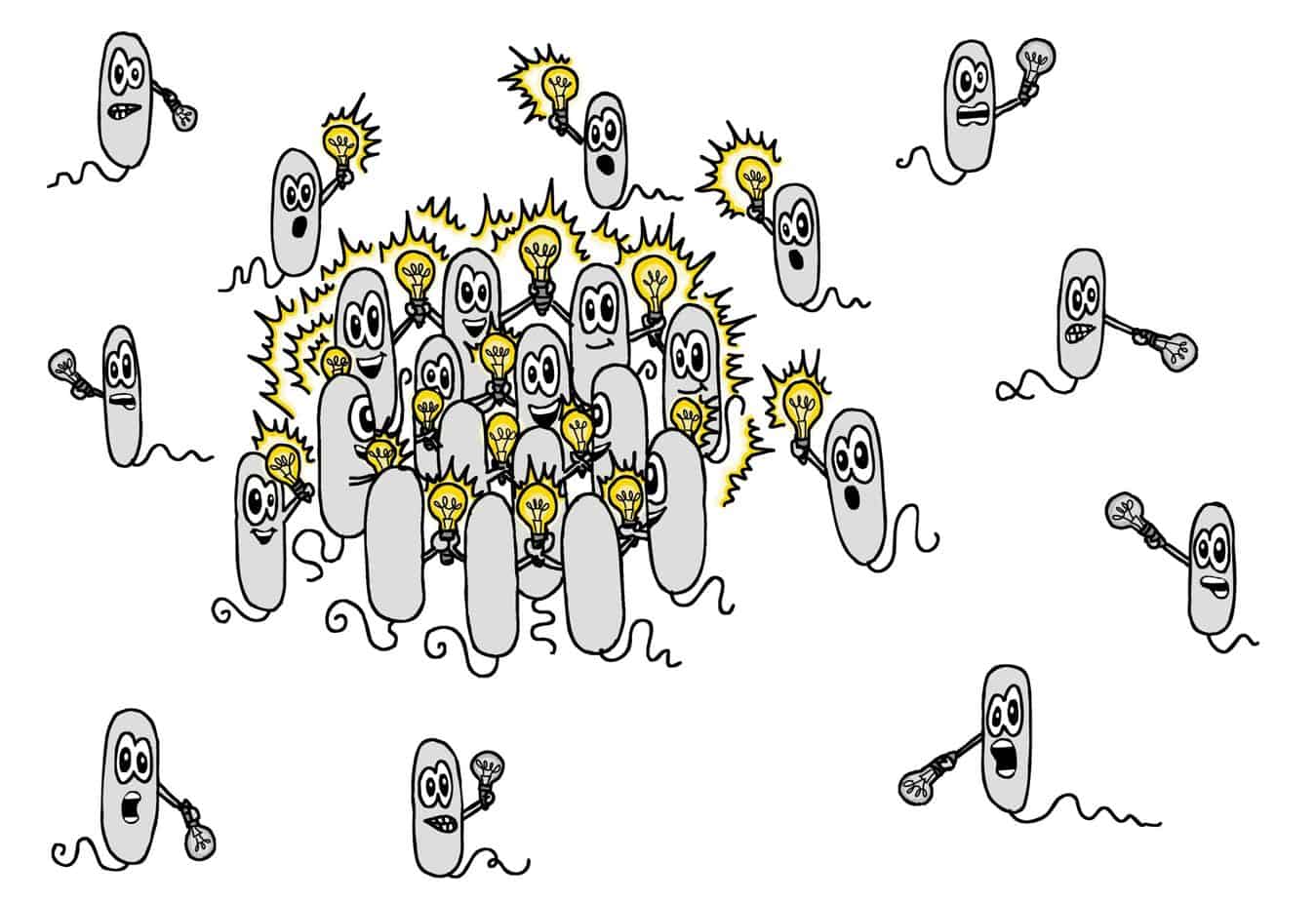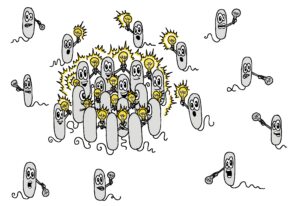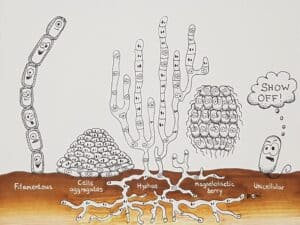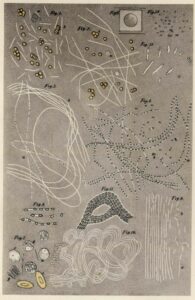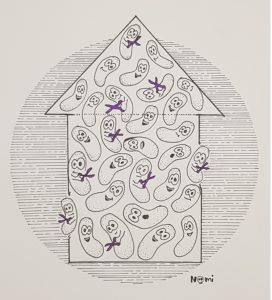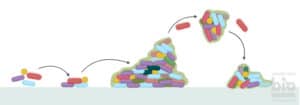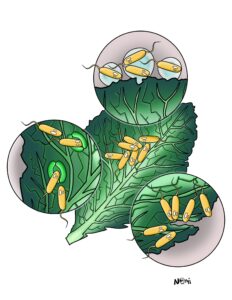
How plant-pathogenic bacteria understand plant language and make them sick
Bacteria learned to live on all sorts of surfaces and in different environments. This also includes plants. Unfortunately, some bacteria can also make plants sick. These have special mechanisms with which they speak the language of plants with the goal to enter them.

